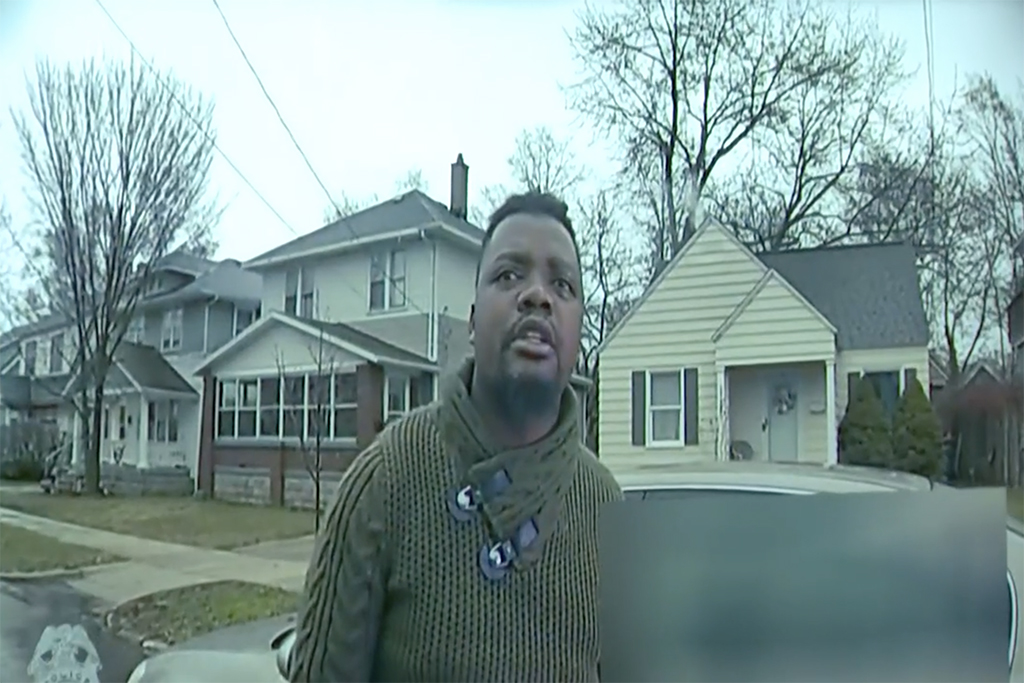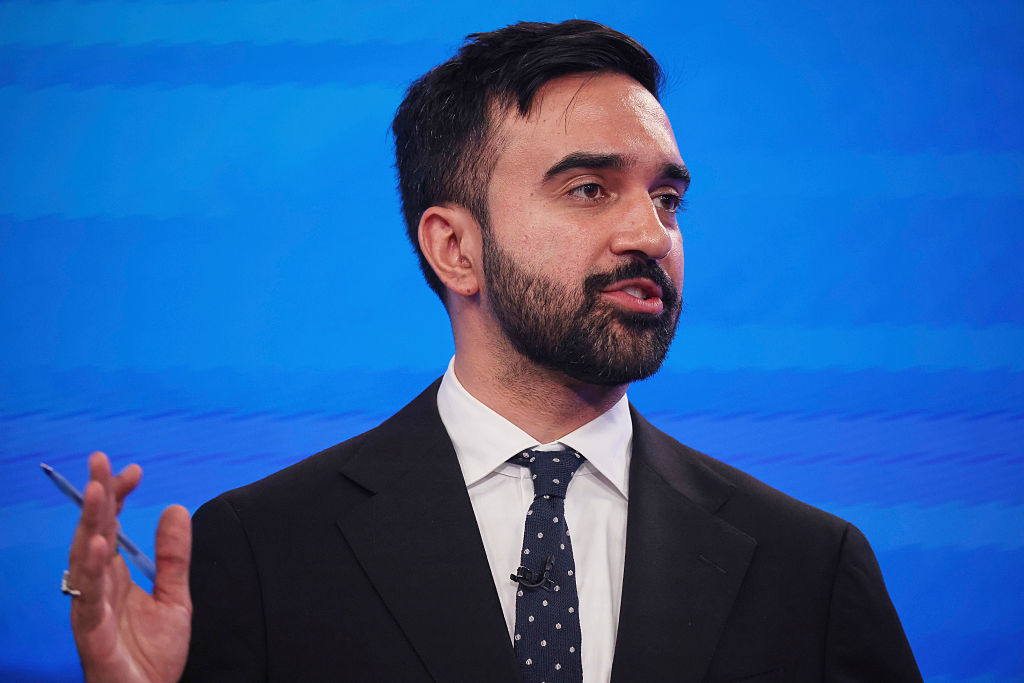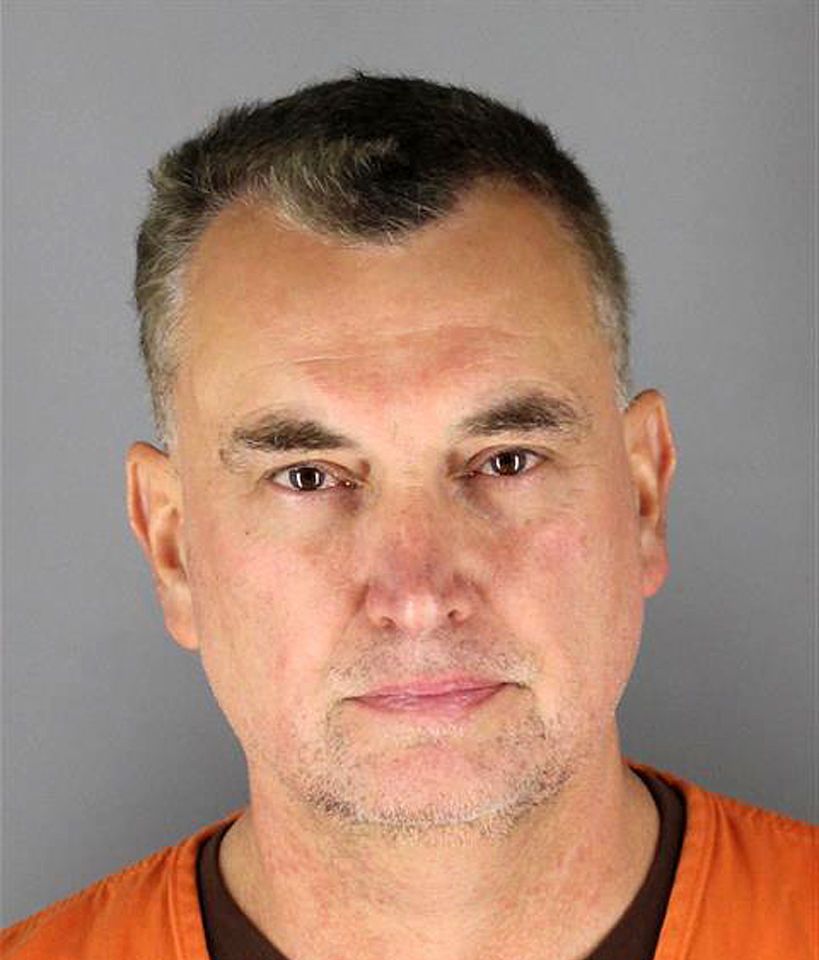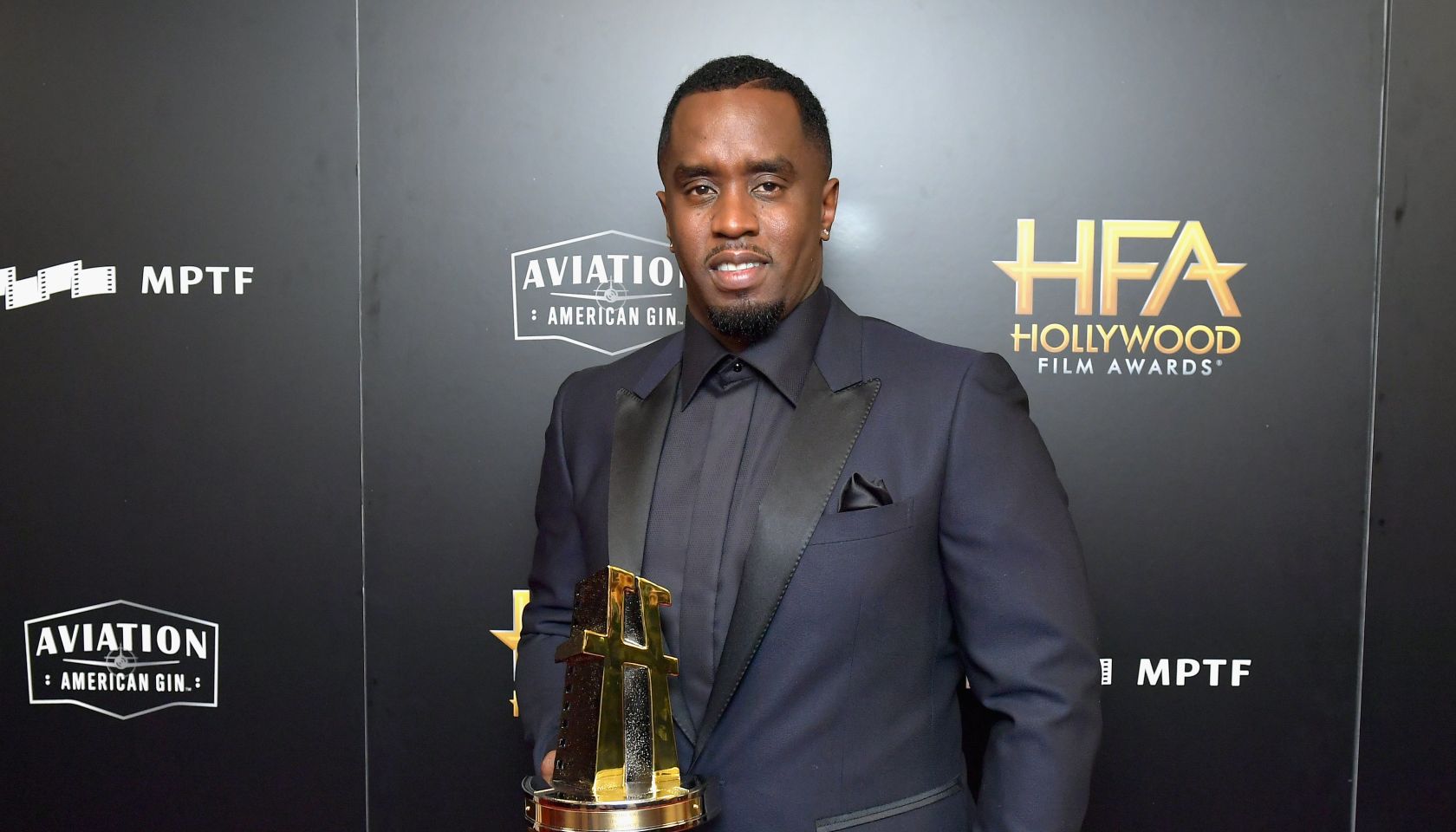Ex-Cop Who Killed Patrick Lyoya Will Face Murder Trial
Ex-Cop Who Killed Patrick Lyoya Will Face Murder Trial For Killing Of Unarmed Black Motorist

Patrick Lyoa. | Source: City of Grand Rapids
UPDATED: 3:30 p.m. ET, Oct 31
Originally published: April 17
A Grand Rapids judge announced Monday that a former Michigan police officer who killed an unarmed Black motorist will stand trial for murder.
During the preliminary hearing, Judge Nicholas Ayoub ruled that a jury will decide the fate of ex-cop Christopher Schurr for the death of Patrick Lyoya in Michigan.
“The law recognizes that law enforcement officers are required to make split-second decisions of life and death in dangerous and strenuous circumstances,” Ayoub said during proceedings.
“The reasonableness of those actions can hardly be fully and fairly judged by one person in a black robe with 20-20 vision of hindsight and from the comfortable and safe vantage point of the high perch of the armor-plated judge’s bench.”
Former officer Christopher Schurr is facing second-degree murder charges in the killing of Patrick Lyoya.
If convicted, he could spend the rest of his life in prison.
In June, Schurr was fired from the Grand Rapids Police Department, less than a week after he was charged with murder. It’s worth noting that it took prosecutors two months to bring the charges against Schurr.
Video footage from the April 4 shooting showed Schurr never tried to de-escalate the encounter and instead was the aggressor before using lethal force at point-blank range when Lyoya posed no threat to the officer on that fateful morning in early April.
Kent County Prosecutor Chris Becker announced the charges during a press conference and rejected the notion his office took too long to bring the charges.
“These things take time,” Becker said, insisting he “wanted to be thorough.”
Becker said his office considered a felony firearm charge for Schurr, but state legal precedence forbids such a charge against a police officer who used a gun in the performance of their duties.
Becker said second-degree murder and manslaughter charges share “the same elements” and that a jury would still be able to consider manslaughter charges.
Becker said he informed Lyoya’s family of his officer’s intention to charge Schurr before the prosecutor’s press conference.
Civil rights attorney Ben Crump said he was “encouraged” by the charge and demanded accountability for Schurr’s actions.
“We are encouraged by attorney Christopher Becker’s decision to charge Christopher Schurr for the brutal killing of Patrick Lyoya, which we all witnessed when the video footage was released to the public,” Crump said in a statement emailed to NewsOne following the announcement of the indictment. “While the road to justice for Patrick and his family has just begun, this decision is a crucial step in the right direction. Officer Schurr must be held accountable for his decision to pursue an unarmed Patrick, ultimately shooting him in the back of the head and killing him – for nothing more than a traffic stop.”
This is a breaking news story that will be updated as additional information becomes available.
Schurr’s name was made public more than a month before his arrest, a strange development considering the chief of police said the only way he would identify the officer is if criminal charges were filed. Those charges, however, wouldn’t come until this week.
Becker said he informed Grand Rapids Police Chief Eric Winstrom this week of plans to indict Schurr.
Winstrom made Schurr’s name public days after Rev. Al Sharpton demanded during Lyoya’s funeral that the officer’s identity be made public immediately.
“Every time a Black man or woman is arrested in America, their name is immediately put out the news,” Sharpton said at Lyoya’s funeral in Grand Rapids on April 22. “But when this officer put the gun to the back of Patrick Lyoya’s head and decided to pull the trigger, his family had to wait three weeks to find out the name of the man who killed him. Transparency is the first step toward justice in Patrick Lyoya’s name, but it certainly isn’t the last.”
Lyoya was driving with a passenger on the morning of April 4 when Schurr initiated a traffic stop because the car had license plates registered to a different vehicle. Lyoya did not comply with Schurr’s commands, but it was unclear whether there was a language barrier that prevented the driver from fully understanding what was happening.
That may have prompted Schurr’s apparent frustration and subsequent physical contact with Lyoya, who ran away slowly before the two struggled outside a home on the residential street as rain fell from the sky. Schurr was shown pulling out his Taser and trying to deploy it as Lyoya pushed it aside, scrambling to get away. But Schurr managed to wrestle Lyoya to the ground, place him face-down and shoot him in the back of his head, the footage shows.

Source: City of Grand Rapids
The killing was recorded by Lyoya’s passenger, Schurr’s body camera, and his cruiser’s dashboard camera as well as a doorbell camera across the street. The officer’s bodycam was deactivated seconds before he fired the single shot to Lyoya’s head.
Legal and use of force experts immediately had questions about the entire situation and said manslaughter charges were merited, at least.
“Why was he stopped? He was stopped for a bad license plate. At best that’s a misdemeanor. Even if he’s guilty of that – it’s a misdemeanor,” legal analyst Charlie Langton told Fox 21 after the video of the traffic stop and shooting was made public. “It’s not that big a deal, OK? If that’s the case, I found – in the Michigan State Police officers guide specifically – you do not ever use lethal force in that situation, even if the guy runs. You let him run.”
Langton said Schurr should have allowed Lyoya to flee since he was not posing a violent threat.
“This guy can’t go too far. The passenger’s gonna probably cooperate,” Langton said. “And even the worst case scenario – it’s a misdemeanor for a bad license plate.”
Langton also suggested the officer didn’t try to “reason with” Lyoya. He said because the officer was on top of Lyoya at the time of the shooting, the officer’s life was not in danger and should not have called for lethal force. Langton added that the cop “should have called for backup and let him run.”
In interviews with the local news outlet MLive, two law school professors expressed similar sentiments to Langton.
“The idea you have to chase everybody down who tries to get away from you is simply false. When the offense is wrong plate on the car, there’s no justification for it,” David A. Harris, the Sally Ann Semenko endowed chair and professor of law at the University of Pittsburgh School of Law, said. “I just don’t see the justification for pulling out the firearm and killing him.”
Jeffrey A. Fagan, a Isidor and Seville Sulzbacher professor of law at Columbia Law School, told MLive that manslaughter charges should “happen sooner than later.” He added, “at no point was the officer’s life in danger,” explaining the officer “shot as if the victim was armed and dangerous, which he wasn’t.”
SEE ALSO:


















